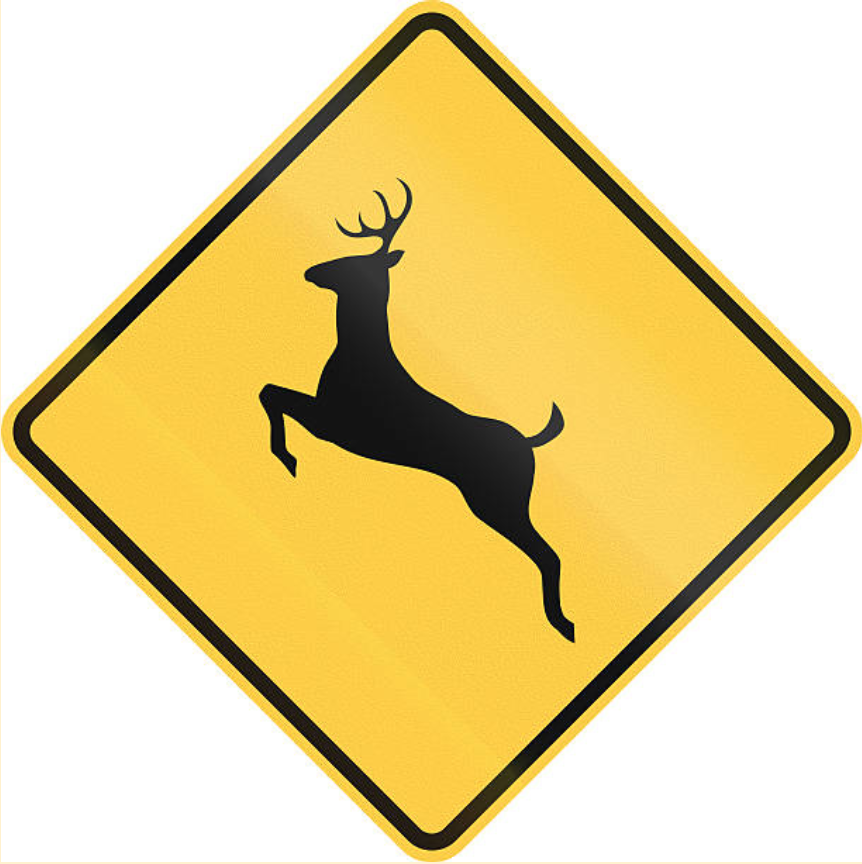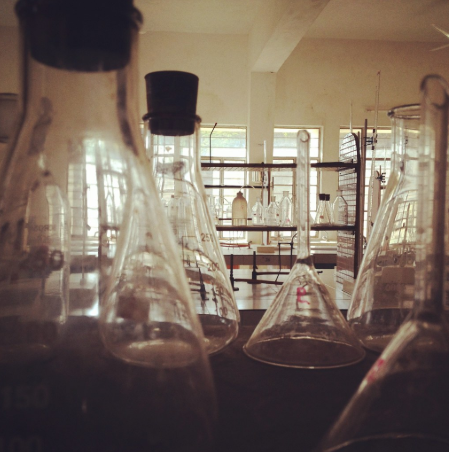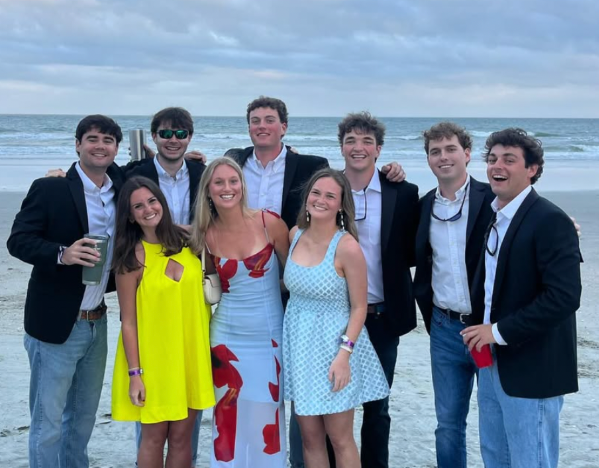“Watch out for deer!” This casual comment has become synonymous with “goodbye” in Wisconsin, especially in the fall and winter months. With between 15,000 and 19,000 deer killed annually by vehicles on Wisconsin roadways, Car-Killed Deer (CKD) are a serious financial and environmental issue. CKD are responsible for millions of dollars in damages, thousands of injuries and human fatalities every year.
In the greater Middleton-Cross Plains-Madison community, over 850 CKD crashes are reported annually— the highest by-county rate in Wisconsin. Residents of our community live by the fact that if you haven’t hit a deer, one or of your family or friends certainly has. Hitting a deer isn’t a matter of if – it’s a matter of when.
To find the root of CKD crashes, the science behind deer-human interaction must be considered in the first place. Whitetail deer, whose population numbers around 1.6 million in WI, have a home range of 269 to 559 acres. However, their migratory patterns fluctuate with seasonal and temperature differences, prompting them to travel outside of their home range. Whitetail deer rely on access to large areas of land (habitat “islands,” as they are often referred to) for food, sleeping locations, mating and raising young. When these multi-acre islands are disrupted by human activity, such as a highway or an overpass, the deer’s habitat is fragmented.
Habitat fragmentation doesn’t just produce roadblocks in a deer’s path —even a simple road literally splits one united habitat into two separate ecosystems. According to proven patterns of island biogeography, habitat fragmentation reduces species biodiversity, food chain stability and migration patterns. When a deer is faced with a fragmented habitat, they have two choices: either stay in the split ecosystem, competing twice as closely for food, mates and territory, or attempt to cross the disrupting highway. As proven by the CKD data collected by the WISDOT, deer populations are more likely to choose the latter.
With this information in mind, it’s clear that any approach to reducing CKD accidents must be two-faceted: reduce deer crossings on WI highways, as well as reconnect fragmented deer habitats. Luckily, the technology to achieve both of these goals already exists. Known as “wildlife bridges” or “wildlife crossing structures,” these simple overpass or underpass structures allow species of many sizes to cross highways without car interaction.
Multiple case studies in the American West, where wildlife crossings are already being implemented, show their success in restoring species migration patterns and ecosystem health, while studies in Utah showed a decrease in the density of car-deer crashes. The technology even exists right now in Wisconsin: the DOT has installed many wildlife crossings, mostly underpass tunnels, for smaller animals like turtles.
So why aren’t wildlife bridges being constructed here in the Dane County community, where CKD accidents are at their most common and deadliest? Currently, the DOT cites lack of funding, resources and concerns over the effectiveness of wildlife crossing on whitetail deer, as they are not a highly migratory species. However, with a design adjustment and efficient use of resources, wildlife crossings may be the best solution available for the CKD crisis.
The first major improvement to constructing wildlife crossings in Dane County is the implementation of fencing. When fenced off completely, highways suffer less CKD crashes on average. However, this approach still fragments deer habitats and causes environmental harm. But, when fencing is connected to a wildlife crossing, such as a narrow, wooded overpass, it acts like a funnel and herds deer towards safe crossing spots. This combination approach increases the effectiveness of wildlife crossings and increases wildlife “traffic” on the bridge itself.
Even with increased efficiency, financial feasibility still raises a concern. It’s true that constructing wildlife crossings is an expensive endeavor, with each costing up to $7 million. But when this cost is weighed against fiscal benefits over time, it becomes trivial. On average, a single CKD crash costs about $4,800. In Dane County alone, that’s over $4 million worth of damage per year (not to mention medical costs). A one-time construction fee of $10-20 million could construct four or more wildlife crossings with fencing. This means that, at 87 percent effectiveness in reducing CKD crashes, the wildlife crossing structures would essentially “pay for themselves” in just five years. By a decade after construction, they could be saving Dane County millions of dollars.
If this sum is still not feasible, Dane County could appeal for use of the recently-passed federal infrastructure bill, which allocates $350 million to states specifically for the construction of wildlife crossings.
With the number of CKD crashes and human fatalities growing every year in Dane County, a solution is desperately needed. This plan, although ambitious, combines scientific knowledge of deer migration patterns with current technology to create an effective, long-lasting solution that will not just save money, but save lives.









